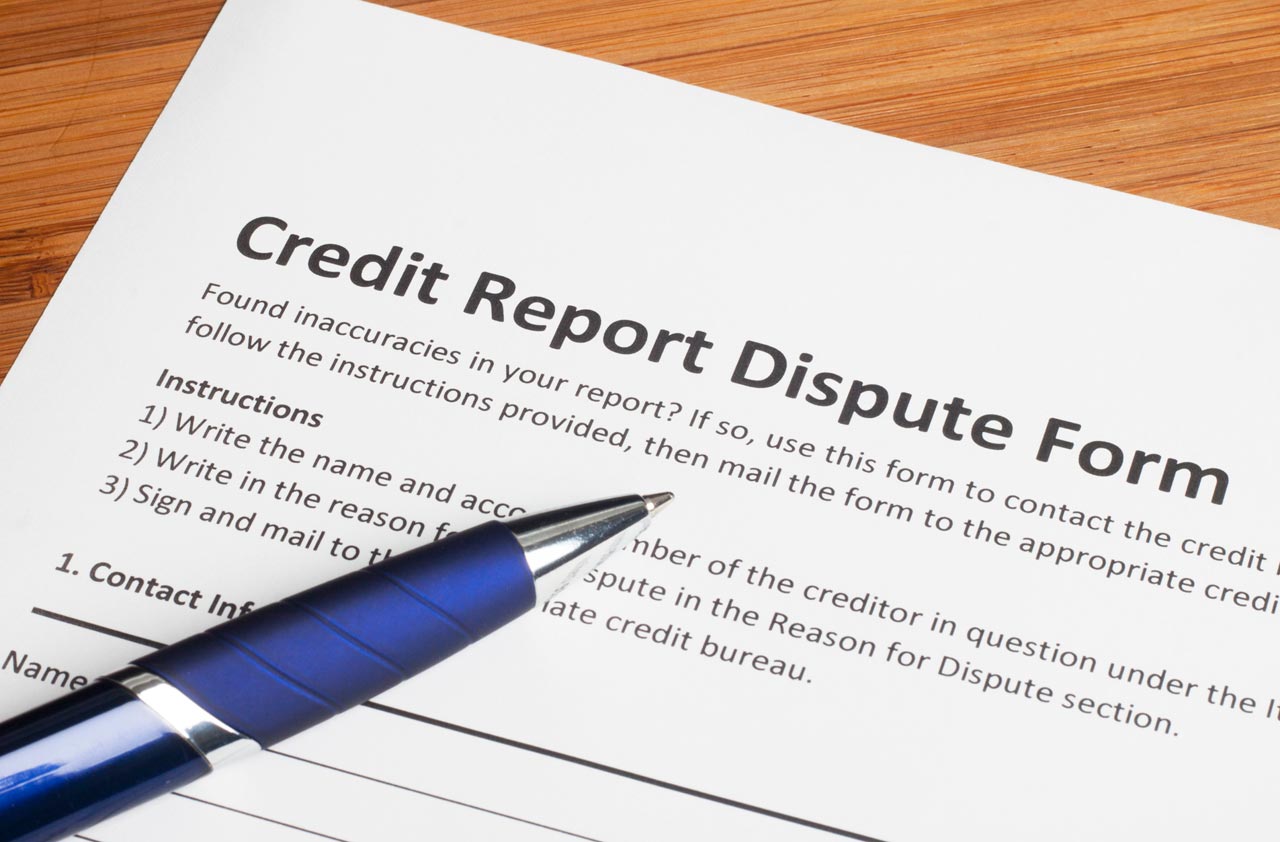8 Steps to Help Get Your Hurricane Claim Paid Quickly
Don't damage your ability to file a claim as you patch things up.

I had tree and water damage from Hurricane Sandy. What can I expect from my homeowners coverage, and what advice can you give me for getting my insurance claim paid?
After any hurricane, there are lots of issues about what is and is not covered by homeowners insurance. In general, wind-driven rain and water that comes into your home through the roof, windows, doors or holes in the walls is covered by homeowners insurance. But water from the bottom up -- such as the overflow of a body of water or damages caused by a storm surge -- is not covered. You’d need separate flood insurance coverage for that (see the National Flood Insurance Program Web site for more information). Also see Lessons From the Floods and Prepare for Storm Season with Flood Coverage.
Coverage for tree damage can also be tricky. If the tree damages your house, your home insurance will generally pay to fix the damage to the structure. But most policies pay only about $500 to $1,000 for tree removal (and may pay nothing if the tree falls but doesn’t hit anything). See When Your Tree Falls in Your Neighbor’s Yard for more information about coverage for tree damage.

Sign up for Kiplinger’s Free E-Newsletters
Profit and prosper with the best of expert advice on investing, taxes, retirement, personal finance and more - straight to your e-mail.
Profit and prosper with the best of expert advice - straight to your e-mail.
Because the damage from Hurricane Sandy was widespread and because coverage isn’t always straightforward, it’s important to make moves that can help get you to the front of the line and make the claims process go smoothly. I visited New Orleans and Bay St. Louis, Miss., six weeks after Hurricane Katrina and talked with many homeowners about the steps they took in those first few days and weeks that made a big difference in getting their claims paid. Here’s what they recommend -- and some resources that have been improved since Katrina in 2005 (and even since Hurricane Irene last year).
1. Get the ball rolling. Right away, contact your insurance agent, who may be able to be your advocate with the insurance company. Or contact your insurer’s claims department directly -- the Insurance Information Institute has compiled a helpful list of insurance company claims filing telephone numbers. Make the call immediately, even if you haven’t been able to catalog all of the damage yet. Katrina victims recommended keeping in touch with the insurer and agent by e-mail after that initial contact, which gives you a paper trail of the steps you have taken if you end up having any trouble getting the claim paid. Keep records of every phone call and e-mail communication you have with the insurer throughout the claims process.
2. Make basic repairs right away. Your insurer won’t want you to make any big changes until you meet with the adjuster, but it will want you to make basic repairs as soon as possible -- such as putting a tarp on a roof that has been destroyed or covering broken windows -- so the damages don’t get any worse. Take pictures of the damages before you make the temporary changes so the insurer can see what the house looked like right after the storm. And keep receipts for the money you spend on materials, which may be reimbursed by your insurer.
3. Compile an inventory. This step will be easiest if you already have a home inventory that you kept in a safe place before the hurricane. You’ll be able to hand it to the adjuster, who can immediately see what items you have lost. Also ask the insurer right away about any required forms you must submit so you can start filling them out immediately and tracking down any extra documentation. If you didn’t have an inventory, you can start piecing one together now. The Insurance Information Institute’s Know Your Stuff walks you through your home room by room and can be a great way to jog your memory. If your files and photos haven’t been destroyed, you can also go through your records for any receipts for valuable items or look for photos that show your home and your possessions before the hurricane. Then take photos or videos of the damages as soon as you can get back into your home, so the insurer can see the difference. Don’t throw away any of the damaged items until the adjuster visits your home. Many insurers now have apps that make it easy to send the insurer your inventory and submit the claim.
Also start to get bids from contractors to show how much they say it will cost to fix the damage, but don’t make any commitments until you get approval from the insurance company (and beware of rogue contractors who travel to towns that have been hit by disasters, ask for a lot of money upfront, then disappear). See the Insurance Information Institute’s Settling Claims After a Disaster guide for more information about how to compile your inventory and the factors that determine how much you can get from the insurer. Also see the III’s Tips for Filing Insurance Claims from Hurricane Sandy.
4. Meet face-to-face with the adjuster. Getting an appointment with the insurance company’s adjuster can be a challenge after a major disaster; some people had to wait for several weeks after Hurricane Katrina. But no matter when the adjuster arrives, try to be there in person for the appointment -- even if you’re living elsewhere until your home is repaired -- so you can walk through the house together and you can help explain what was damaged. It can even help to have your contractor at the meeting so everyone can see the damage from the same perspective. Update your insurer if your contractor finds new problems after starting the work.
5. Keep receipts for expenses while you’re evacuated. If you can’t live in your house for a while because of the damages, your insurer may pay living expenses, such as for a hotel room and meals, up to a daily limit. The insurer may even give you some of the money upfront -- before your full claim is settled -- to help you cover the expenses right after the disaster.
6. Keep detailed records of every repair. After you get the go-ahead from the insurer to start getting the house fixed, keep detailed records of every repair. One New Orleans homeowner I talked with whose claim was paid in just two weeks -- while many of his neighbors waited for their money -- organized a tabbed binder with about 50 pages that itemized every expense, including receipts, canceled checks, a detailed description of every repair made and steps taken to mitigate the damage, and living expenses he incurred while he was evacuated.
7. Get help with claims problems. If you have any trouble getting your claim paid, first find out your insurer’s procedure for contesting a claim settlement. You can also get help from your state insurance department. Every state insurance department has a free service to help you through the claims process and to make sure you’re getting everything you’re entitled to under your policy, and many set up fast-track appeals processes after a major disaster. See the National Association of Insurance Commissioners’ map for contacts. See How to Get Insurance Companies to Pay Your Claims for more information about getting help from the state regulators.
If you still have trouble getting your claim paid after going through the process with your insurer and state insurance department, then it may help to contact a public adjuster to provide a second opinion. (You can find an accredited public adjuster through the National Association of Public Insurance Adjusters.) These adjusters charge a percentage of your payout (typically 10% to 15% of the amount recovered). Be sure the adjuster is licensed in your state.
8. Explore other options. If some of the damages aren’t covered by insurance and you live in a federal disaster area, you may qualify for a Federal Emergency Management Agency grant, a Small Business Administration disaster loan (even if you don’t own a business) or tax breaks for uninsured casualty losses. Find out about these benefits at DisasterAssistance.gov or a FEMA disaster recovery center. Also see the Disaster Information page for details about the resources available for Hurricane Sandy victims in general, and state-specific information for Connecticut, New York, New Jersey, New Hampshire and West Virginia. For frequently updated information about resources for Hurricane Sandy victims, see FEMA’s Hurricane Sandy page.
For more information about insurance claims for hurricanes, see Make Your Insurer Pay and Insurance Lessons After Katrina. For more information about preparing for future storms, see Prepare Your Home and Finances for Hurricane Sandy.
Get Kiplinger Today newsletter — free
Profit and prosper with the best of Kiplinger's advice on investing, taxes, retirement, personal finance and much more. Delivered daily. Enter your email in the box and click Sign Me Up.

As the "Ask Kim" columnist for Kiplinger's Personal Finance, Lankford receives hundreds of personal finance questions from readers every month. She is the author of Rescue Your Financial Life (McGraw-Hill, 2003), The Insurance Maze: How You Can Save Money on Insurance -- and Still Get the Coverage You Need (Kaplan, 2006), Kiplinger's Ask Kim for Money Smart Solutions (Kaplan, 2007) and The Kiplinger/BBB Personal Finance Guide for Military Families. She is frequently featured as a financial expert on television and radio, including NBC's Today Show, CNN, CNBC and National Public Radio.
-
 Stock Market Today: Trump Retreats, Markets Rejoice
Stock Market Today: Trump Retreats, Markets RejoiceStocks rally, yields soften, the dollar rises, and even beaten-down names enjoy the wages of potential trade peace.
By David Dittman
-
 In Trump’s Economy Should 401(k) Savers 'Set It and Forget It?'
In Trump’s Economy Should 401(k) Savers 'Set It and Forget It?'It’s hard to bury your head in the sand when the markets are volatile. Here’s when it makes sense and when it doesn’t.
By Donna Fuscaldo
-
 Credit Report Error? They All Matter
Credit Report Error? They All Mattercredit & debt Don't dismiss a minor error. It could be the sign of something more serious.
By Kimberly Lankford
-
 Insurance for a Learning Driver
Insurance for a Learning Driverinsurance Adding a teen driver to your plan will raise premiums, but there are things you can do to help reduce them.
By Kimberly Lankford
-
 529 Plans Aren’t Just for Kids
529 Plans Aren’t Just for Kids529 Plans You don’t have to be college-age to use the money tax-free, but there are stipulations.
By Kimberly Lankford
-
 When to Transfer Ownership of a Custodial Account
When to Transfer Ownership of a Custodial Accountsavings Before your child turns 18, you should check with your broker about the account's age of majority and termination.
By Kimberly Lankford
-
 Borrowers Get More Time to Repay 401(k) Loans
Borrowers Get More Time to Repay 401(k) Loansretirement If you leave your job while you have an outstanding 401(k) loan, Uncle Sam now gives you extra time to repay it -- thanks to the new tax law.
By Kimberly Lankford
-
 When It Pays to Buy Travel Insurance
When It Pays to Buy Travel InsuranceTravel Investing in travel insurance can help recover some costs when your vacation gets ruined by a natural disaster, medical emergency or other catastrophe.
By Kimberly Lankford
-
 What Travel Insurance Covers When Planes Are Grounded
What Travel Insurance Covers When Planes Are GroundedTravel Your travel insurance might help with some costs if your trip was delayed because of the recent grounding of Boeing 737 Max planes.
By Kimberly Lankford
-
 Ways to Spend Your Flexible Spending Account Money by March 15 Deadline
Ways to Spend Your Flexible Spending Account Money by March 15 Deadlinespending Many workers will be hitting the drugstore in the next few days to use up leftover flexible spending account money from 2018 so they don’t lose it.
By Kimberly Lankford